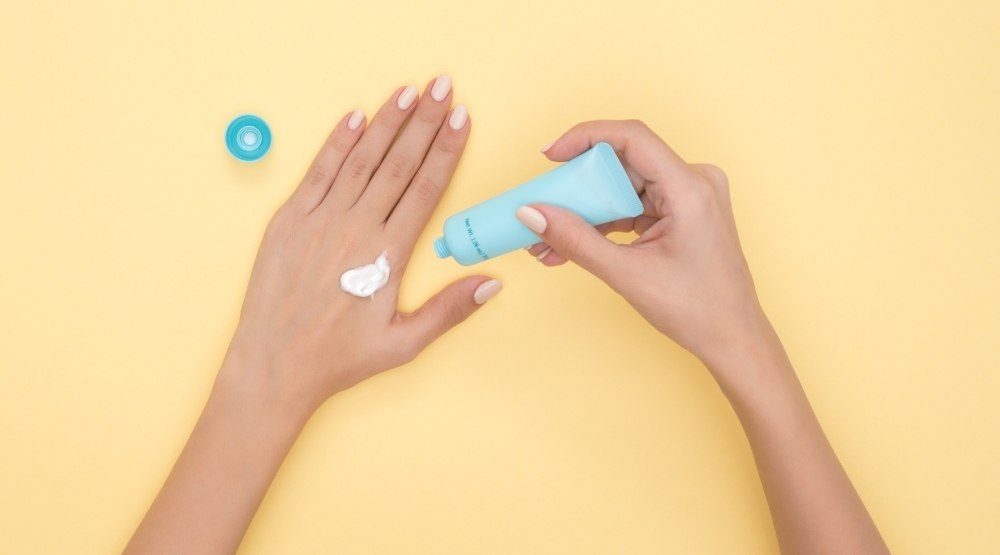It would be hard to miss the news of benzene found in a slate of suncare products in the US recently. A report from Valisure was published and the findings revealed that 78 popular sunscreen products they tested contained high levels known human carcinogen (IARC) benzene (an FDA “Class 1 solvent”). 294 unique batches of sun care products from 69 different companies were tested in their study. Of them, “27% of samples tested by Valisure contained detectable benzene and some batches contained up to three times the conditionally restricted FDA concentration limit of 2 parts per million (ppm),” The findings found 14 lots across four different brands (Neutrogena, Sun Bum, CVS Health, Fruit of the Earth) that contained 2.78 to 6.26 parts per million (ppm) of benzene.
These findings come just two months after the company found trace amounts of benzene in hand sanitizer products and certainly cause concern, and many experts agree. In an article on the topic in the Dermatology Times Christopher Bunick, MD, PhD, associate professor of dermatology at Yale University and member of Dermatology Times®’ editorial advisory board says “There is not a safe level of benzene that can exist in sunscreen products…. Even benzene at 0.1 ppm in a sunscreen could expose people to excessively high nanogram amounts of benzene.”
If it’s such a dangerous ingredient, how did this ingredient end up in these sunscreens? According to Health magazine “… it’s believed it was an error in how the product was made—not what it was made from. ‘It’s very likely a contaminant from the manufacturing process,’ David Light, founder and CEO of New Haven, Connecticut-bases Valisure.”
According to New Beauty magazine “cosmetic chemist Kelly Dobos says… ‘These results [from Valisure] are likely due to the presence of trace contaminants. Organic sunscreen molecules contain a structure called a benzene ring, and that part of the molecule is what helps the sunscreen absorb UV rays. It’s possible tiny amounts of trace benzene are present, but it is certainly not intentionally added.'”
Valisure says “Being that many of the tested sunscreen and after-sun care products did not contain detectable levels of benzene, it does not appear that benzene use is unavoidable for their manufacture and considering the long history of widespread use of these products, it also does not appear that they currently constitute a significant therapeutic advance; therefore, any significant detection of benzene should be deemed unacceptable.”
The takeaway?
You don’t need to immediately bin all of your suncare products or recall the ones that you sell or make.
The news sounded understandably, well, bad. But it’s worth remembering that the majority of products tested didn’t contain any benzene. This appears to be a localised problem that could likely be solved with more stringent manufacturing practices.
Australian Michelle Wong, PhD., author behind the popular Instagram profile Lab Muffin Beauty Science says in an Instagram post on the topic that we shouldn’t be too quick to assume this is a widespread problem or a brand-wide problem either. It appears to be very specifically related to lot numbers of specific products. “It’s not a problem specific to sunscreens, or particular sunscreen ingredients, or chemical sunscreens, or sunscreens breaking down,” says Wong. “It’s not a problem specific to particular brands – all of the brands with benzene concentrations above 2 ppm also had products that were found to have no detected benzene, apart from the brand that only had one product tested.”
And Paige Preston, Chair Skin Cancer Committee, Cancer Council Australia notes that locally speaking we should be confident in our supply chain and not throw the baby out with the bath water, so to speak. That a lack of sun protection leads directly to skin cancer, which kills thousands every where. “The Therapeutic Goods Administration regulates sunscreens sold in Australia to ensure they are safe and effective,” says Preston. “This means sunscreens meet some of the most stringent criteria in the world, including strict manufacturing standards. There is no evidence indicating sunscreens approved for use in Australia can cause cancer, however we do know that skin cancer takes the lives of around 2000 Australians every year. That’s why when the UV level is 3 or above, Australians should use five forms of sun protection, including slipping on a shirt, slapping on a hat, slopping on sunscreen, seeking shade and sliding on sunglasses.”
How to find out if you make or use a contaminated product
If your brand makes or sells a suncare product and you would like to have Valisure test, they are accepting product submissions.
If you’d like to check that a product you own or use might be contaminated, you’ll need the UPC, lot number and expiration date for that specific product.
Although this doesn’t appear to be as widespread a problem as it first seemed, hopefully these findings will compel brands and regulators to work together even more to ensure contaminate-free products for the market, much like they did with hand sanitiser last year.
—
Read the current issue of our digital magazine here:
For more news and updates, subscribe to our weekly newsletter.
—
Have an idea for a story or want to see a topic covered on our site and in our pages? Get in touch at info@professionalbeauty.com.au.

